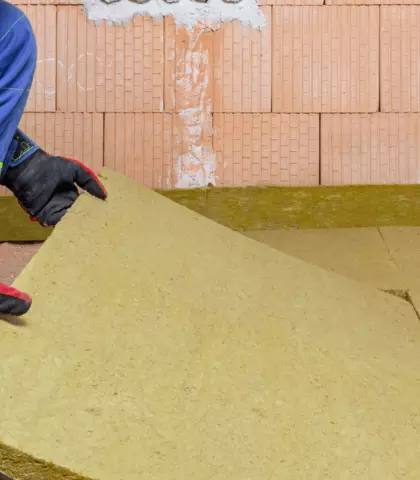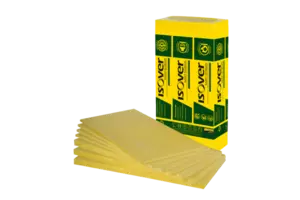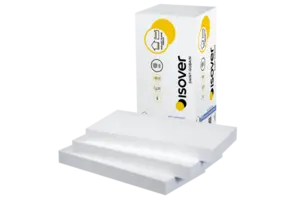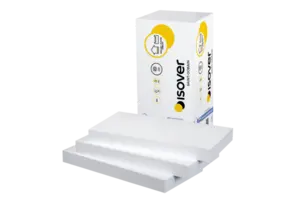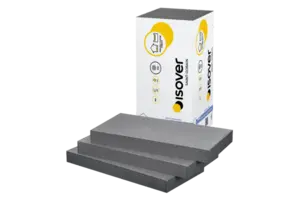Užitečné odkazy
➜ Installation guides
➜ References
➜ Catalogue – Floor insulation
➜ Catalogue – Acoustic floors
➜ FAQs
➜ Technical glossary
Floor insulation in new buildings is required by legislation. Using heat insulation in your floor, you will comply with law, reduce your energy cost and make underfloor heating more efficient. In addition, if you live in a house with several floors, the insulation will also subdue the sound penetrating from the floor above.
Feature one: heat insulation
Up to 25% of all heat can escape through uninsulated floors. Insulation is particularly useful where the floor separates rooms with a large temperature difference, such as the living area and the garage. It is also useful for ground-floor floors that sit on the ground or cover a basement.
Foamed polystyrene, grey polystyrene foam (with added graphite for even better thermal insulation) and mineral wool are the materials most commonly used to insulate the floor.
Feature two: soundproofing
Floor insulation on the floors prevents the transmission of sound between rooms. In the first place, it subdues loud music or speech – i.e. the airborne sound. This good airborne sound insulating performance is primarily found in mineral wool.
But there is also the noise transmitted through the structure as a result of people walking, furniture being moved or objects having fell down on the floor, and this requires impact sound insulation. In this case, both mineral wool and elasticated polystyrene will do the job.
Acoustic insulation of floating floors
Soundproofing is essential for floating floors.
See what is a good composition of a properly insulated lightweight or heavyweight floating floor.
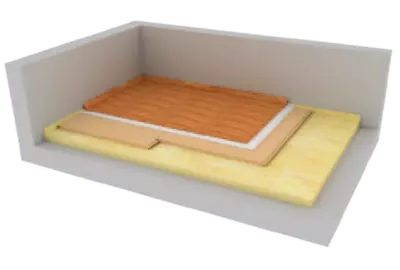
Lightweight floating floors
The spreader layer is made of boards (OSBs for example) rather than concrete.
It should always be done as a complete certified system (e.g. the system solutions Rigips).
Isover T-P basalt fibre boards can be used as acoustic insulation.
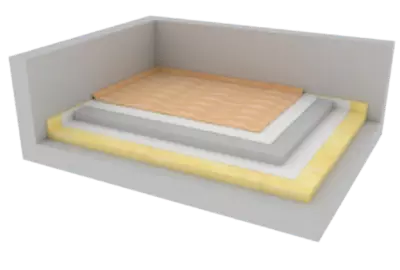
Heavyweight floating floor
The spreader layer is made of concrete or anhydrite, which gives the floor its durability and good acoustic parameters. For even better soundproofing, use Isover N or Isover T-N mineral insulation or Isover EPS RigiFloor elasticated polystyrene boards in your floor.
Did you know that...
...floor heat insulators can be combined? By adding EPS boards to mineral insulation boards, you can achieve greater insulation thickness without the risk of compression.
Insulating floors sitting on the ground
The floor on your ground floor needs thermal insulation rather than soundproofing.
The reason is that the soil under the floor has an average temperature of 4–8 °C.
What are the insulation options depending on the floor’s load?
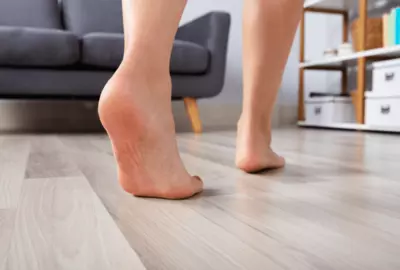
Standard load
It is a load common in detached houses. For such loads, classic floating floor with expanded polystyrene insulation, such a Isover EPS 100 or Isover EPS Grey 100, is perfectly suitable. Extruded polystyrene (XPS) is used as insulation under the foundation slab.

High load
High structural load is any load over 500 kg/m2. As this rules out the floating floor, what needs to be used is heavy-duty expanded polystyrene, such as Isover EPS 150 or Isover EPS 200, or extruded polystyrene.
How do I insulate my attic floor?
The first thing you need to know is how you are going to use your attic.
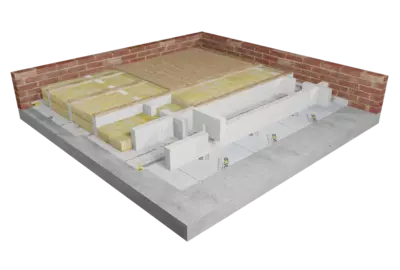
Walk-on floor
If you want to use the loft as a living space, to store things, or you know you'll be expecting revisions there from time to time, our Isover StepCross system is the most suitable. This system combines the strength of EPS beams and the high thermal efficiency of mineral wool.
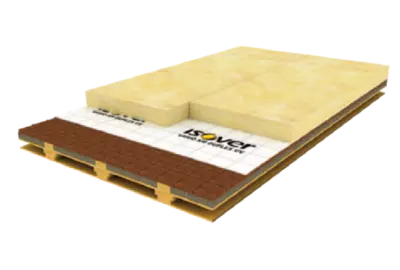
Non-walking floor
Insulate the floor even if you are not going to use the space in order to prevent the loss of heat on the lower floor. What is sufficient is a vapour barrier, like Isover Vario® KM Duplex UV, with mineral wool like Isover Domo Plus laid on it and covered with an anti-dust layer.
Don't know which insulation to choose?
Our technical specialists will help you.
They will advise you on the choice of material, the composition of the structure and will prepare a price calculation for you free of charge.
[email protected]
+420 226 292 221
I want advice
Get a how-to guidance for your building project FREE OF CHARGE
Subscribe to our newsletter and download an e-book full of mounting instructions and tips that will guide you throughout your heat insulation project step by step.


